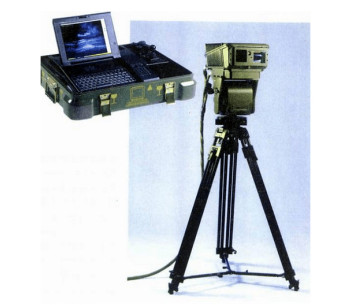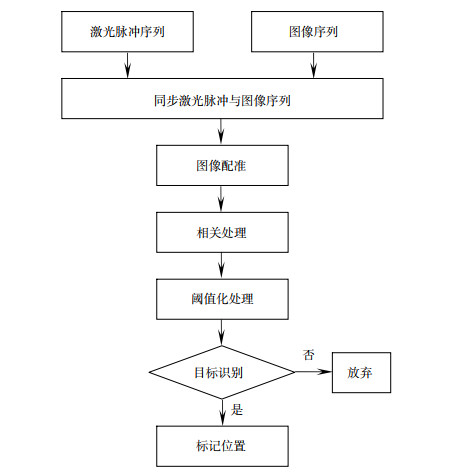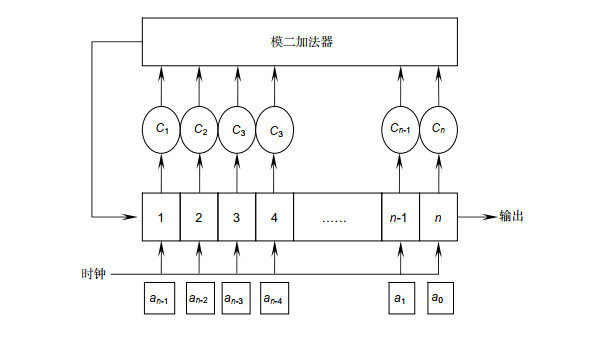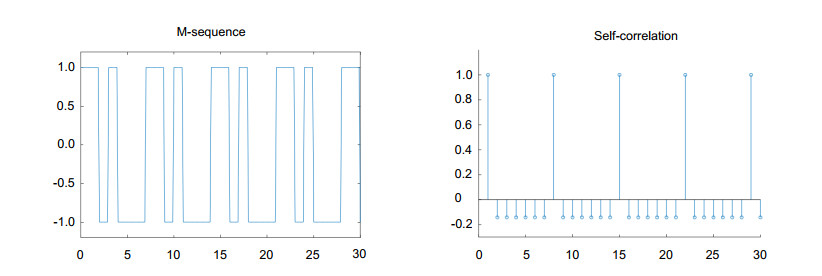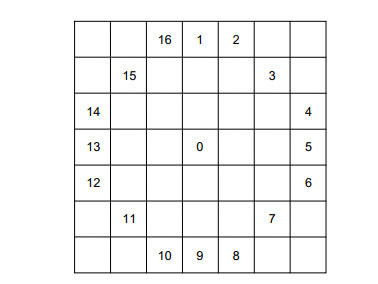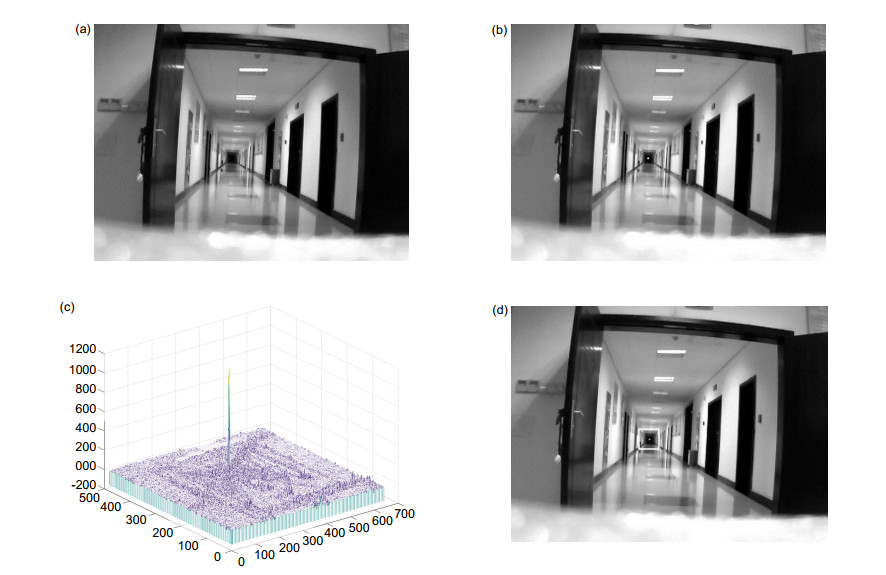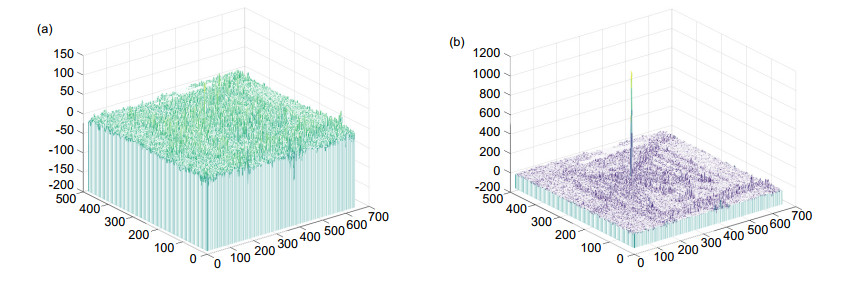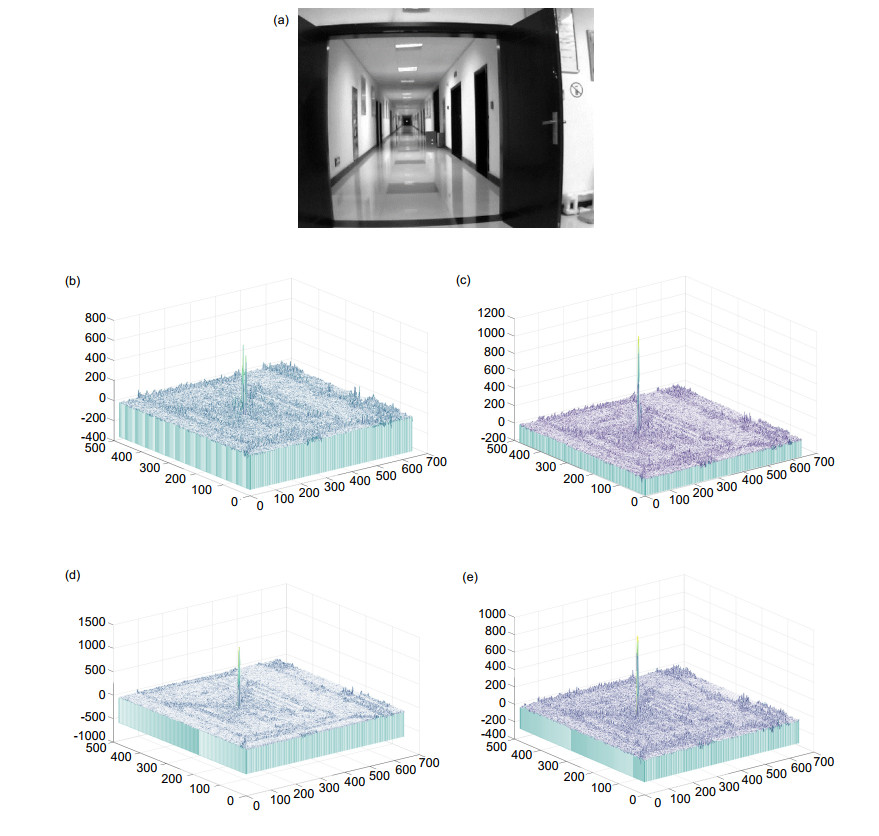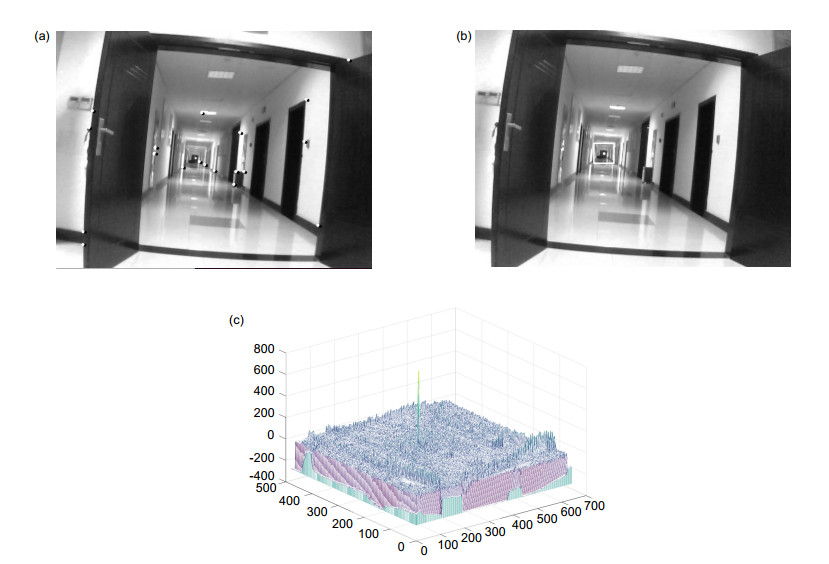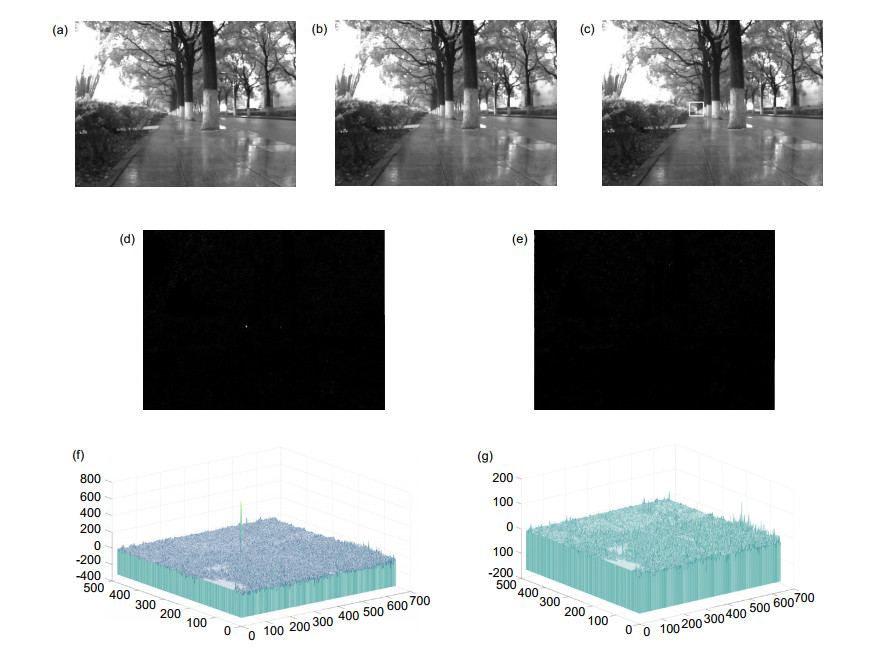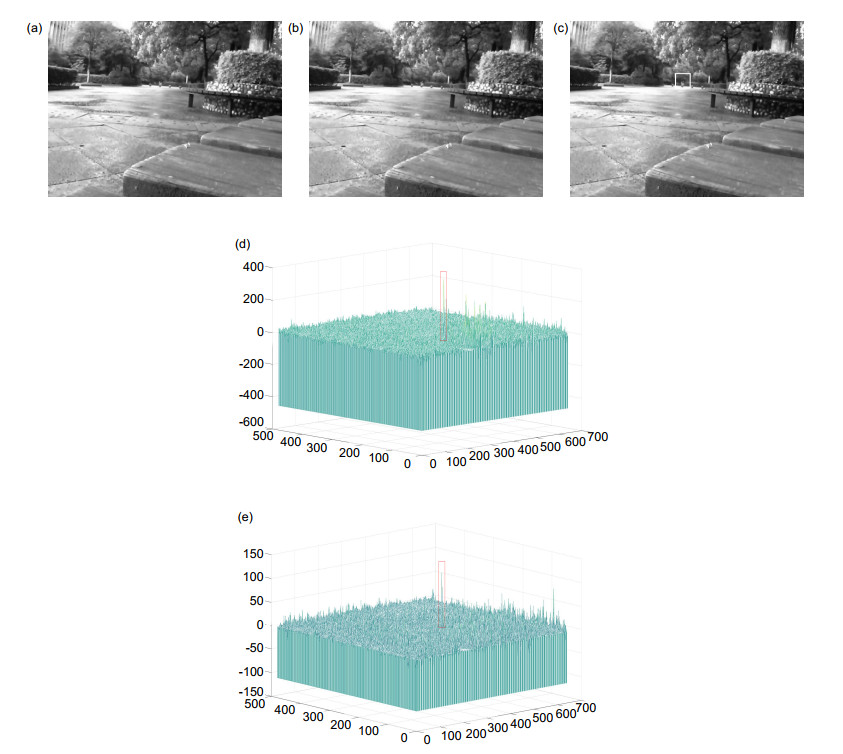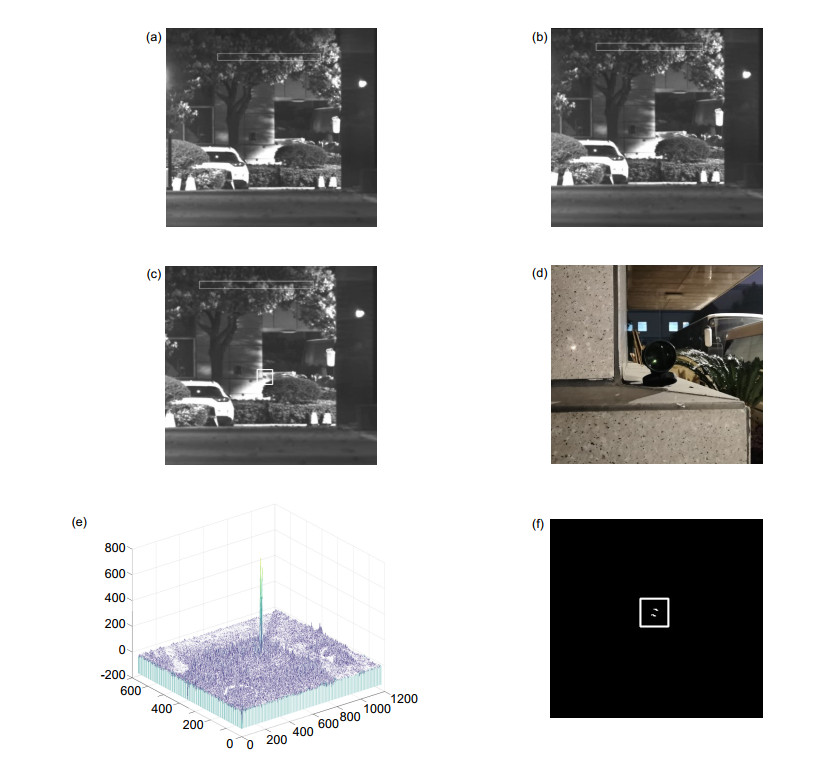-
摘要:
目前的“猫眼”目标激光主动探测系统尽管发射功率大,探测距离远,但普遍存在质量较大、灵活性差的缺点。为增强灵活性,减少作战反应时间,确保对目标发现即摧毁,可在步枪智能瞄具中集成小功率“猫眼”目标主动探测系统,与现有系统形成优势互补。由于智能瞄具搭载了小型激光测距仪及CMOS图像传感器,因此本文根据其硬件特点,设计了一种利用小功率激光器发射伪随机编码激光脉冲序列、CMOS传感器同步采集数据,通过相关运算提取目标信息的抗干扰“猫眼”目标探测方法,并进行了理论分析与实验验证。实验结果表明,该方法具有较强的稳定性和抗干扰能力,能够使智能瞄具在较复杂的背景中发现“猫眼”目标。
 Abstract:
Abstract:Although the current laser active detection system used to find "cat-eye" target has large transmitting power and long detection distance, it generally has the disadvantages of high quality and poor flexibility. In order to enhance flexibility, reduce operational response time and ensure that the target can be destroyed as soon as it is found, a low-power active "cat-eye" detection system can be integrated in the intelligent sight to complement the existing system. Because the intelligent sight is integrated with a small laser rangefinder and CMOS image sensor, according to its hardware characteristics, this paper designs an anti-interference "cat-eye" target detection method, which uses low-power laser to emit pseudo-random coded laser pulse sequence, CMOS sensor to synchronously collect data, and extract target information through correlation operation, and carries out theoretical analysis and experimental verification. The experimental results show that the method has strong stability and anti-interference ability, and can make the intelligent sight find "cat-eye" target in complex background.
-
Key words:
- "cat-eye" target /
- M-sequence /
- CMOS image sensor /
- intelligent sight /
- correlation operation
-

Overview: According to the principle of the "cat-eye" effect in the optical system, the optical equipment can be accurately located by emitting a laser beam to the target area and detecting the echo. According to this principle, a laser active detection system for reflective investigation can be designed. France and other countries have developed military equipment, which show good performance in use. Although the existing laser active detection system has the advantages of high transmitting power, long detection distance, and high positioning accuracy, it also has the disadvantages of high quality and poor flexibility. Therefore, it takes a long time from finding the target to hitting the target, and it is easy to lose the chance of hitting the target. In order to enhance the flexibility of the "cat-eye" target active detection system and reduce the time from finding target to attacking the target, the active detection system can be integrated into intelligent sight to detect the "cat-eye" target in a short distance quickly, which complements the existing laser active detection system.
At present, image processing technology has made rapid progress, and there has been a lot of research on "cat-eye" target active detection technology based on image processing. The intelligent sight is integrated with a CMOS image sensor and a laser transmitter. It has the structure of laser active detection system, so it can be used for laser active detection, but the power of the laser transmitter on the intelligent sight is so low that the detection distance is short and the anti-interference ability is weak. In order to enhance the target signal, eliminate the background noise, and achieve the effect of anti-interference, this paper uses M-sequence coding and its correlation processing method, which are widely used in signal processing. To make the laser emit M-sequence coded laser pulse, the CMOS sensor is utilized to collect image data synchronously and the "cat-eye" target information is extracted through correlation processing.
Due to the need to maintain the relative stability of the intelligent sight by human operation during the aiming process, the spatial direction of the image sensor will change slightly during the whole aiming process, which will eventually lead to the slight displacement between the frames of the image in the process of image acquisition.
In order to overcome the small displacement between adjacent frames in the image acquisition procedure and reduce the noise in the image difference process, the feature points in the collected multi-frame images are detected. The Lucas Kanade feature tracker method is used to track the feature points in the image. The inter-frame displacement of the image is analyzed, and the image registration operation is carried out according to the inter-frame displacement.
Theoretical analysis shows that compared with the traditional image difference method, the proposed method has a significant enhancement effect on the "cat's eye" target signal and a stronger ability to suppress the background noise. The test results of the "cat-eye" target in the indoor environment and the outdoor environment with different weather conditions also show that the proposed method has strong stability and anti-interference ability and can recognize the "cat-eye" target in complex environment background.
-

-
图 9 闪烁光源干扰实验。(a) 视场内加入闪烁光源; (b) 光源随机闪烁; (c) 光源随机闪烁; (d) 干扰光源频率5 Hz; (e) 干扰光源常亮
Figure 9. Interference experiment of scintillation light. (a) Add flashing light source; (b) Random flashing of light source; (c) Random flashing of light source; (d) 5 Hz interference light source; (e) Interference light source long bright
图 12 雨天路边环境对比实验。(a) 被动图像; (b) 主动图像; (b) 主动图像; (c) 本文方法检测到的目标位置; (d) 本文方法处理后的灰度图; (e) 对照方法处理后的灰度图; (f) 本文方法处理结果; (g) 对照方法处理结果
Figure 12. Contrast experiment at roadside in rain. (a) Passive image; (b) Active image; (c) Target position detected by paper method; (d) Gray image processed by paper method; (e) Gray image after treatment with contrast method; (f) The processing results of paper method; (g) Treatment results of contrast method
图 13 雨天建筑物前环境对比实验。(a) 被动图像; (b) 主动图像; (c) 本文方法检测到的目标位置; (d) 本文方法处理后的灰度图; (e) 对照方法处理后的灰度图; (f) 本文方法处理结果; (g) 对照方法处理结果
Figure 13. contrast experiment at building front in rain. (a) Passive image; (b) Active image; (c) Target position detected by paper method; (d) Gray image processed by paper method; (e) Gray image after treatment with contrast method; (f) The processing results of paper method; (g) Treatment results of contrast method
图 14 晴天室外环境对比实验。(a) 被动图像; (b) 主动图像; (c) 本文方法检测的目标位置; (d) 本文方法处理结果; (e) 对照方法处理结果
Figure 14. Outdoor contrast experiment on sunny day. (a) Passive image; (b) Active image; (c) Target position detected by paper method; (d) The processing results of paper method; (e) Treatment results of contrast method
-
[1] Sun H Y, Xiong F, Gu S L. Ranging performance of active laser detection[J]. Proc SPIE, 2006, 6344: 63442P.
[2] 刘明辉, 陈青山, 李晓英, 等. "猫眼"回波功率数值分析模型比较研究[J]. 激光杂志, 2017, 38(6): 12-15.
Liu M H, Chen Q S, Li X Y, et al. Comparative study on the numeric models of "Cat's eye" echo power[J]. Laser J, 2017, 38(6): 12-15.
[3] 谷锁林, 孙华燕, 张永继, 等. 空中目标的激光主动探测[J]. 激光与红外, 2005, 35(7): 476-478.
Gu S L, Sun H Y, Zhang Y J, et al. Laser active detection of aerial target[J]. Laser Infrar, 2005, 35(7): 476-478.
[4] 曾凌川. 基于"猫眼"效应的光电系统回波探测概率研究[D]. 成都: 中国科学院研究生院(光电技术研究所), 2014.
Zeng L C. The study on echo's detection probability of photoelectric systems based on cat's eye effect[D]. Chengdu: Institute of Optics and Electronics, Chinese Academy of Sciences, 2014.
[5] 赵延仲, 孙华燕, 宋丰华, 等. 猫眼效应用于激光主动探测技术的研究现状与发展趋势[J]. 激光与光电子学进展, 2010, 47(10): 38-47.
Zhao Y Z, Sun H Y, Song F H, et al. Research and prospect of cat-eye effect used for active laser detection technique[J]. Laser Optoelectron Prog, 2010, 47(10): 38-47.
[6] 韩磊. 基于脉冲激光的目标识别技术研究[D]. 北京: 北京理工大学, 2015.
Han L. The study of target recognition based on pulsed laser[D]. Beijing: Beijing Institute of Technology, 2015.
[7] 杨耿, 安宝林, 薛晋生, 等. 基于"猫眼效应"的狙击手光电探测仪[J]. 应用光学, 2010, 31(5): 860-863.
Yang G, An B L, Xue J S, et al. Sniper detector based on cat eye effect[J]. J Appl Opt, 2010, 31(5): 860-863.
[8] 周斌, 刘秉琦, 张瑜, 等. 利用CCD实现"猫眼"目标探测的实验研究[J]. 光电工程, 2011, 38(11): 35-39. doi: 10.3969/j.issn.1003-501X.2011.11.007
Zhou B, Liu B Q, Zhang Y, et al. Experimental study of detecting "Cat-eye" target based on CCD[J]. Opto-Electron Eng, 2011, 38(11): 35-39. doi: 10.3969/j.issn.1003-501X.2011.11.007
[9] 党二升, 李丽. 激光探测"猫眼"效应目标识别算法[J]. 航空科学技术, 2011, 6: 59-62.
Dang E S, Li L. Laser detection cat-eye effect target recognition algorithm[J]. Aeronaut Sci Technol, 2011, 6: 59-62.
[10] 王喆堃, 朱精果, 姜成昊, 等. 动态环境下"猫眼"目标快速识别算法研究[J]. 计算机仿真, 2020, 37(8): 414-418.
Wang Z K, Zhu J G, Jiang C H, et al. "Cat's Eye" target quickly recognition algorithm research in dynamic environment[J]. Comput Simulat, 2020, 37(8): 414-418.
[11] 李旭东, 米建军, 茹志兵, 等. 基于激光主动探测的"猫眼效应"研究[J]. 应用光学, 2014, 35(2): 342-347.
Li X D, Mi J J, Ru Z B, et al. Cat's-eye effect based on active laser detection[J]. J Appl Opt, 2014, 35(2): 342-347.
[12] 赵勋杰, 高稚允, 张英远. 基于"猫眼"效应的激光侦察技术及其在军事上的应用[J]. 光学技术, 2003, 29(4): 415-417.
Zhao X J, Gao Z Y, Zhang Y Y. Technique of active laser reconnaissance and the applications in the military[J]. Opt Techniq, 2003, 29(4): 415-417.
[13] Lecocq C, Deshors G, Lado-bordowsky O, et al. Sight Laser Detection Modeling[J]. Proc of SPIE, 2003, 5086(1): 280-286.
[14] 万哲先代数和编码[M]. 3版. 北京: 高等教育出版社, 2007.
Wan Z X. Algebra and Coding[M]. 3rd ed. Beijing: Higher Education Press, 2007.
[15] Rosten E, Drummond T. Machine learning for high-speed corner detection[C]//Proceedings of the 9th European conference on Computer Vision - Volume Part I, Graz, Austria, 2006: 430-443.
[16] 计算机视觉编程攻略[M]. 相银初, 译. 北京: 人民邮电出版社, 2015: 169-180.
Laganiere R. OpenCV Computer Vision Application Programming Cookbook[M]. Xiang Y C, trans. Beijing: Posts & Telecom Press, 2015: 169-180. Laganiere R. OpenCV
[17] Lucas B D, Kanade T. An iterative image registration technique with an application to stereo vision[C]//Proceedings of the 7th International Joint Conference on Artificial Intelligence, Vancouver, BC, Canada, 1981, 2: 674-679.
-


 E-mail Alert
E-mail Alert RSS
RSS
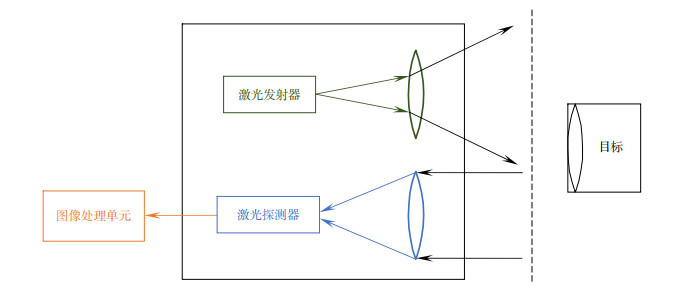
 下载:
下载:
